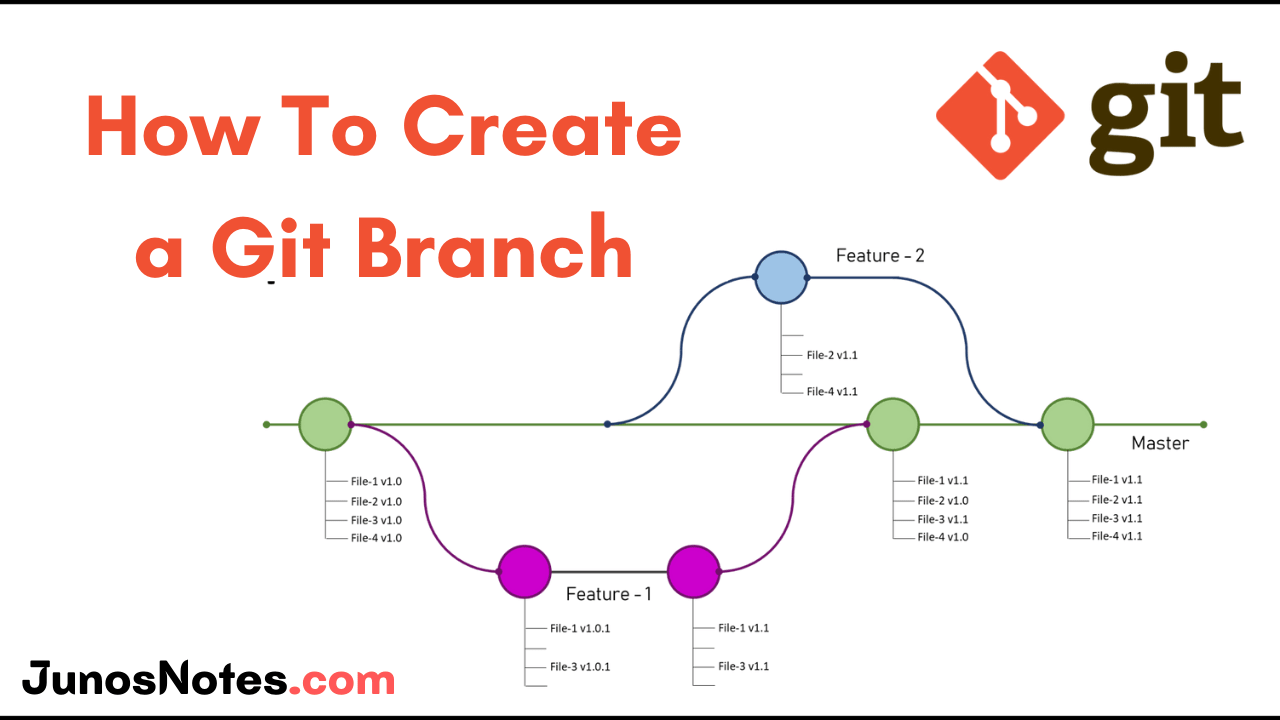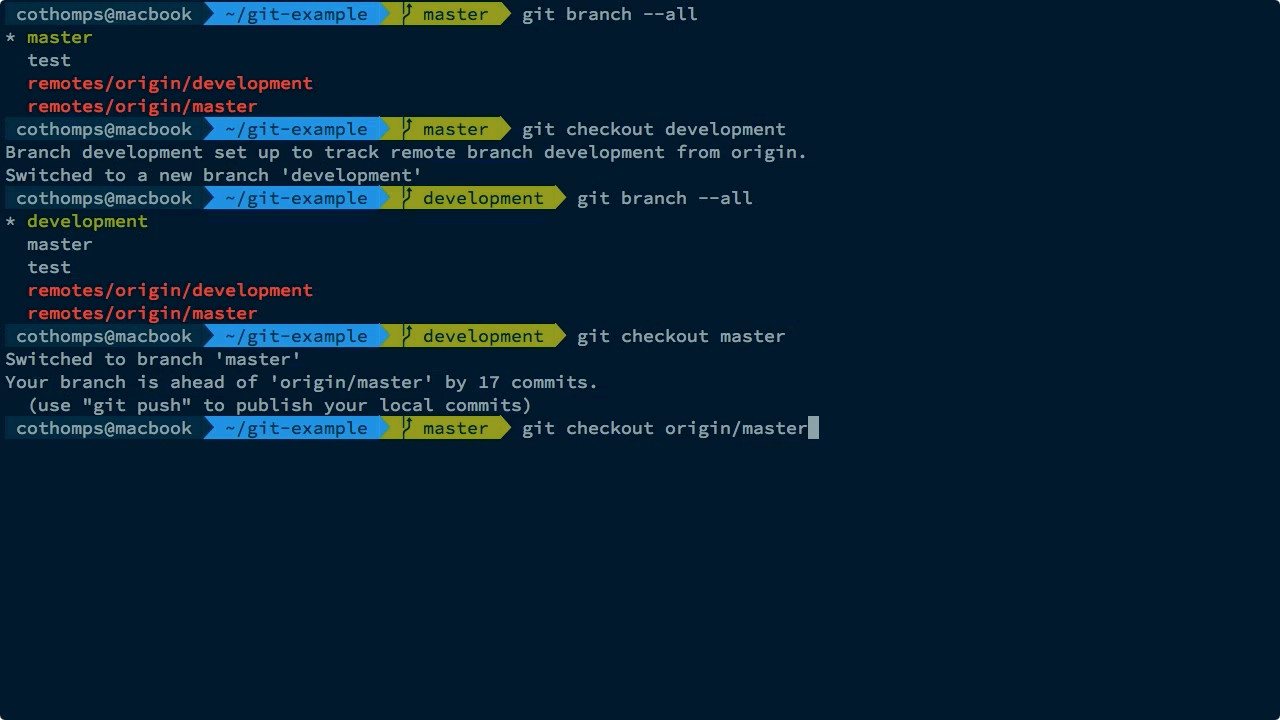

Let’s start by examining what branches are in Git and what’s happening when you delete them. With that out of the way, we’ll now explore the deletion of branches in Git in some more depth. It’s like you’re pushing-sending-the order to delete the branch to the remote repository. You use git push, even if that sounds weird.

You don’t use the git branch command to delete a remote branch. If you’re sure you want to do it, you’ll have to force the deletion by replacing the -d parameter with an uppercase D: If the branch contains unmerged changes, though, Git will refuse to delete it. To delete a local branch in Git, you simply run: If you just want to learn the correct incantation to delete branches in Git, we’ll start by offering the TL DR version. Also, make sure you have a GitHub account and are logged in. This tutorial assumes you have Git installed and know your way around the command line.

Most importantly, you’ll learn what branches are under the hood to have a more solid understanding of what happens when you delete them. You’ll learn how to delete branches, both locally and in your remote repositories, and whether it’s possible to recover a deleted branch. This post is all about the Git delete branch operation. Efficient branch management is essential for using Git to its fullest potential.


 0 kommentar(er)
0 kommentar(er)
